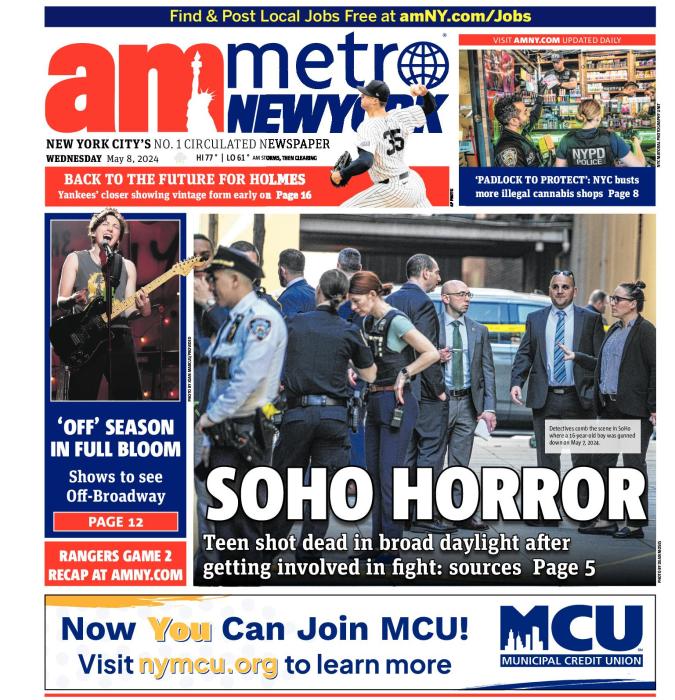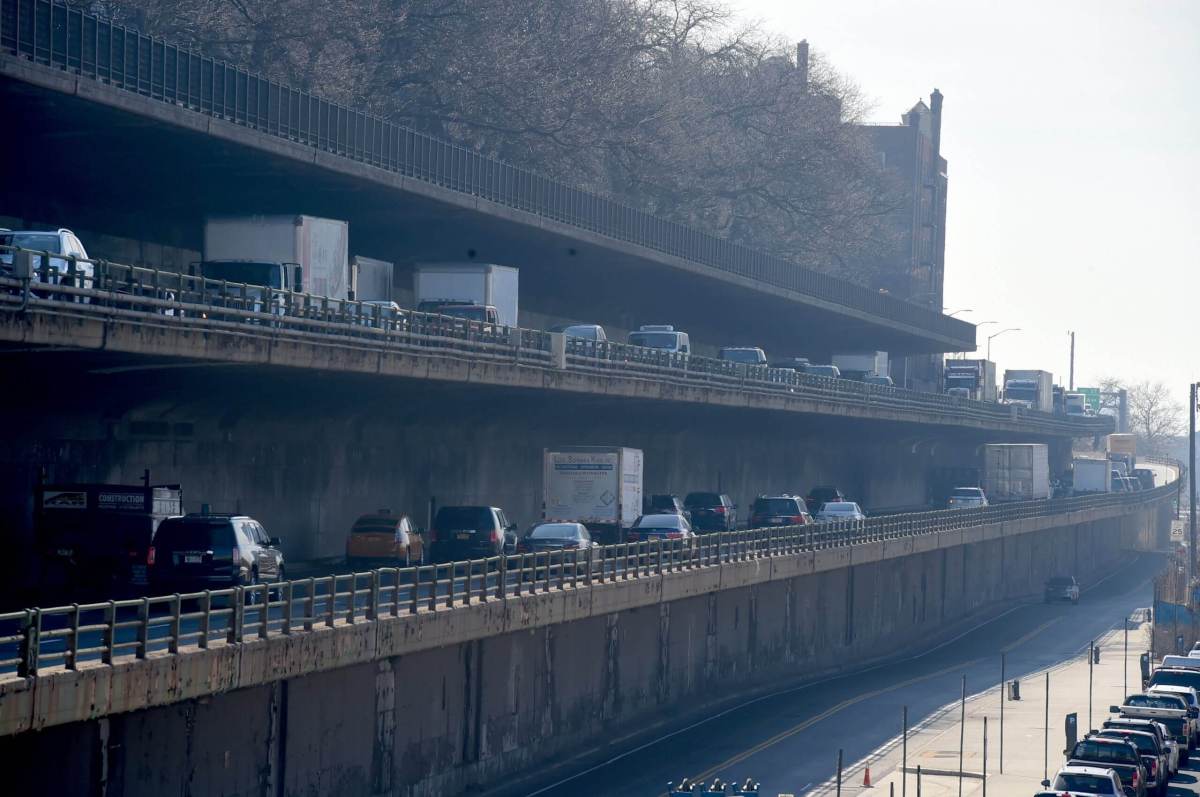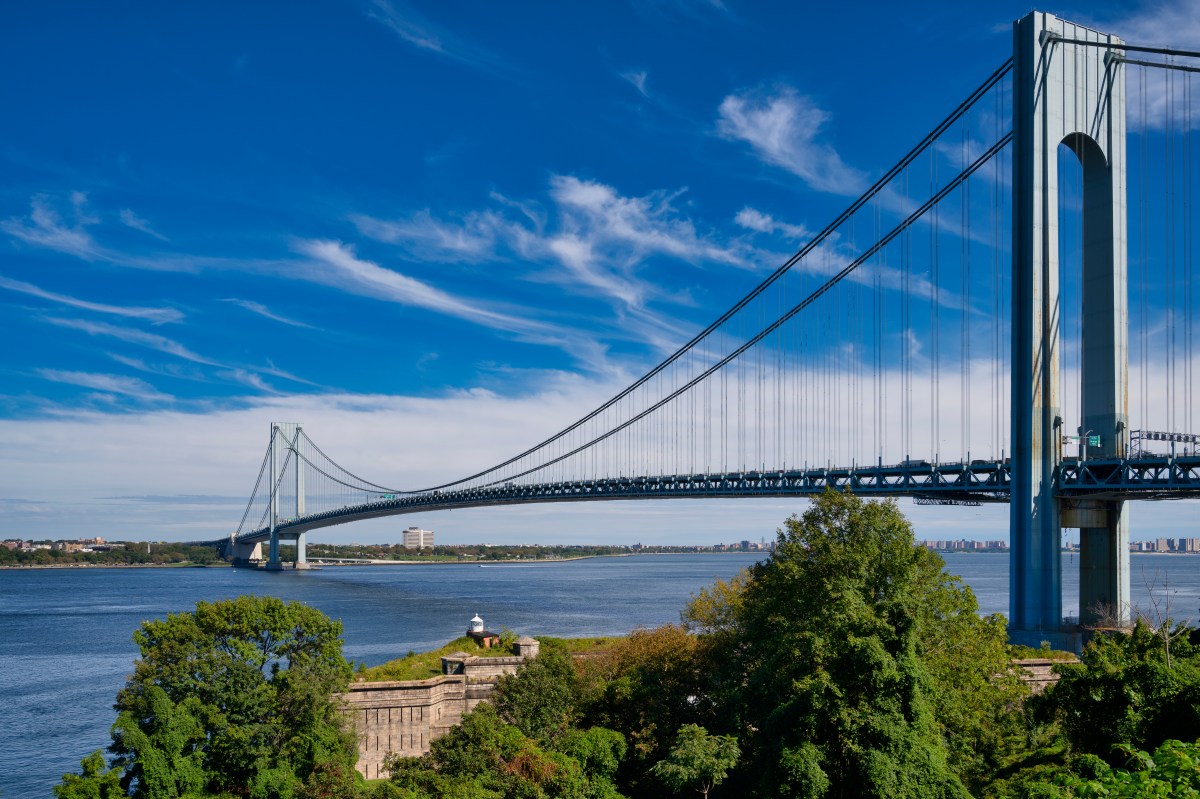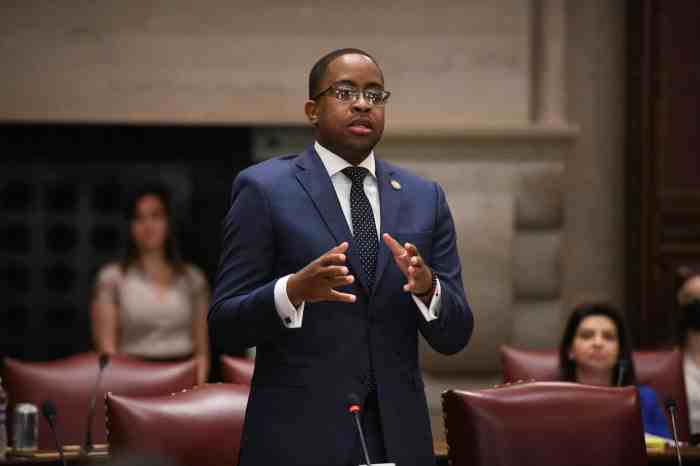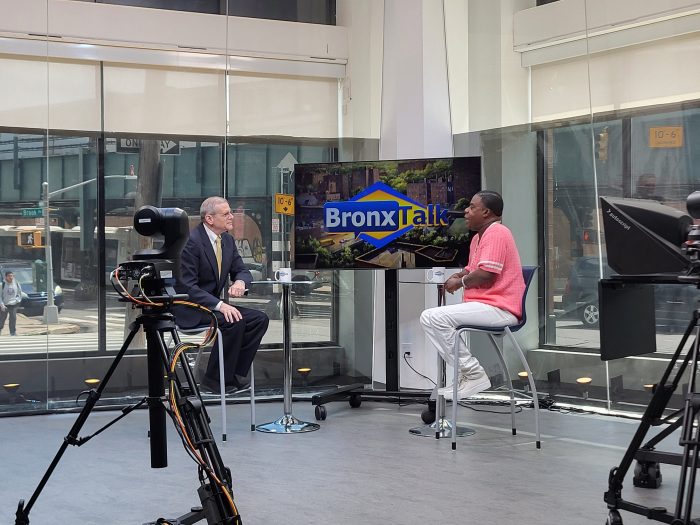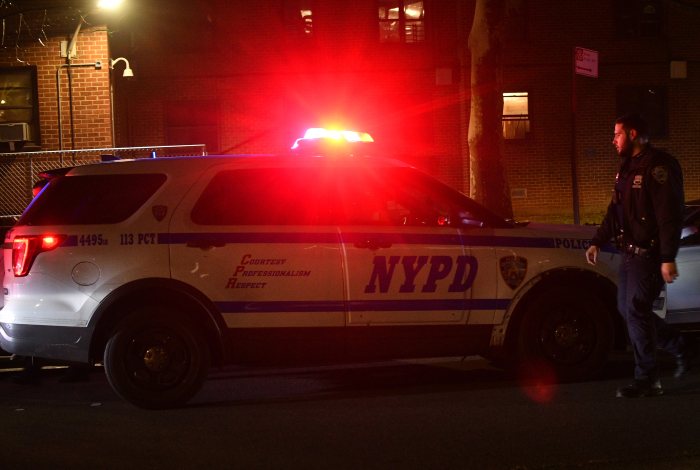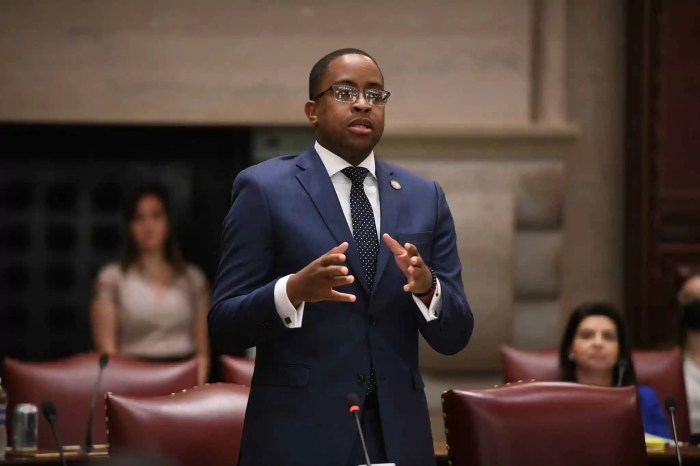Major capital reconstruction work on the Brooklyn-Queens Expressway’s crumbling cantilever in Brooklyn Heights is now not expected to commence until 2028 at the earliest, Department of Transportation (DOT) officials conceded on Wednesday — two years after the last administration said the span could be unsafe for travel.
Under questioning from Councilmember Lincoln Restler, in whose district the crumbling cantilever sits, DOT executive deputy commissioner Paul Ochoa admitted that major reconstruction work will likely not commence for another five years, following the federal government’s rejection of city grant applications to redesign the maligned section of highway.
Without federal infrastructure funds, the money in the DOT five-year capital plan for the BQE stands at $174 million — not enough to pursue the administration’s full or partial reconstruction plans. The money will go towards minor, “spot” repair work in the interim to shore up the cantilever’s structural integrity, and environmental reviews.
“The funding is currently aligned with the construction timeline of the BQE. The current funding we have is enough for all the interim repairs and all the environmental work that is happening,” said Ochoa. “The current capital timeline of calendar ’28 start is what we are operating under.”
The 2028 start date for construction is a year later than the timeline DOT presented to the public before the feds declined to fund the project.
“It’s good to understand there’s nothing happening for at least five years of substance,” said Restler.
Ochoa did note that City Hall could “move the money up” if circumstances allow for an earlier start date.
The patchwork interim repairs will be important to keep the structure in operation. In 2020, an “expert” panel convened by then-Mayor Bill de Blasio warned the Robert Moses-era triple cantilever could be unsafe for travel as early as 2026.
Two years later, in 2022, the Adams administration presented a number of proposals to “reimagine” the city-owned cantilever, which would either partially or completely reconstruct the cantilever’s retaining wall and cover up the unsightly expressway with greenspace connecting the Brooklyn Heights promenade with Brooklyn Bridge Park. It also left open the question of keeping the highway at its present four-lane configuration or restoring it to six.
The plans, which would cost $5.5 billion, were not received well by local elected officials and neighborhood groups, some of whom sought a bolder plan to reimagine or even tear down the urban highway.
Then in January 2024, the Biden administration rejected $800 million in federal grant applications crucial to pay for redesigning and reconstructing the cantilever. The Federal Highway Administration at the time declined to state a reason for the rejection but said the grants were highly competitive.
The city did, however, win a $5.6 million grant under the “Reconnecting Communities” program, but that applies to the state-owned sections north and south of the city-owned cantilever. The program aims to invest in infrastructure creating community space in neighborhoods divided by urban highways in the 20th century.
In addition to spot repairs, the DOT hopes to prolong the BQE’s lifespan by enforcing weight limits against heavy trucks using the span. Last year, after a long delay, the agency finally started enforcing weight limits using motion sensors, a first for an American highway. Trucks weighing over 80,000 pounds are not supposed to use the BQE, but more than 10% of the trucks on the span are estimated to be overweight.
